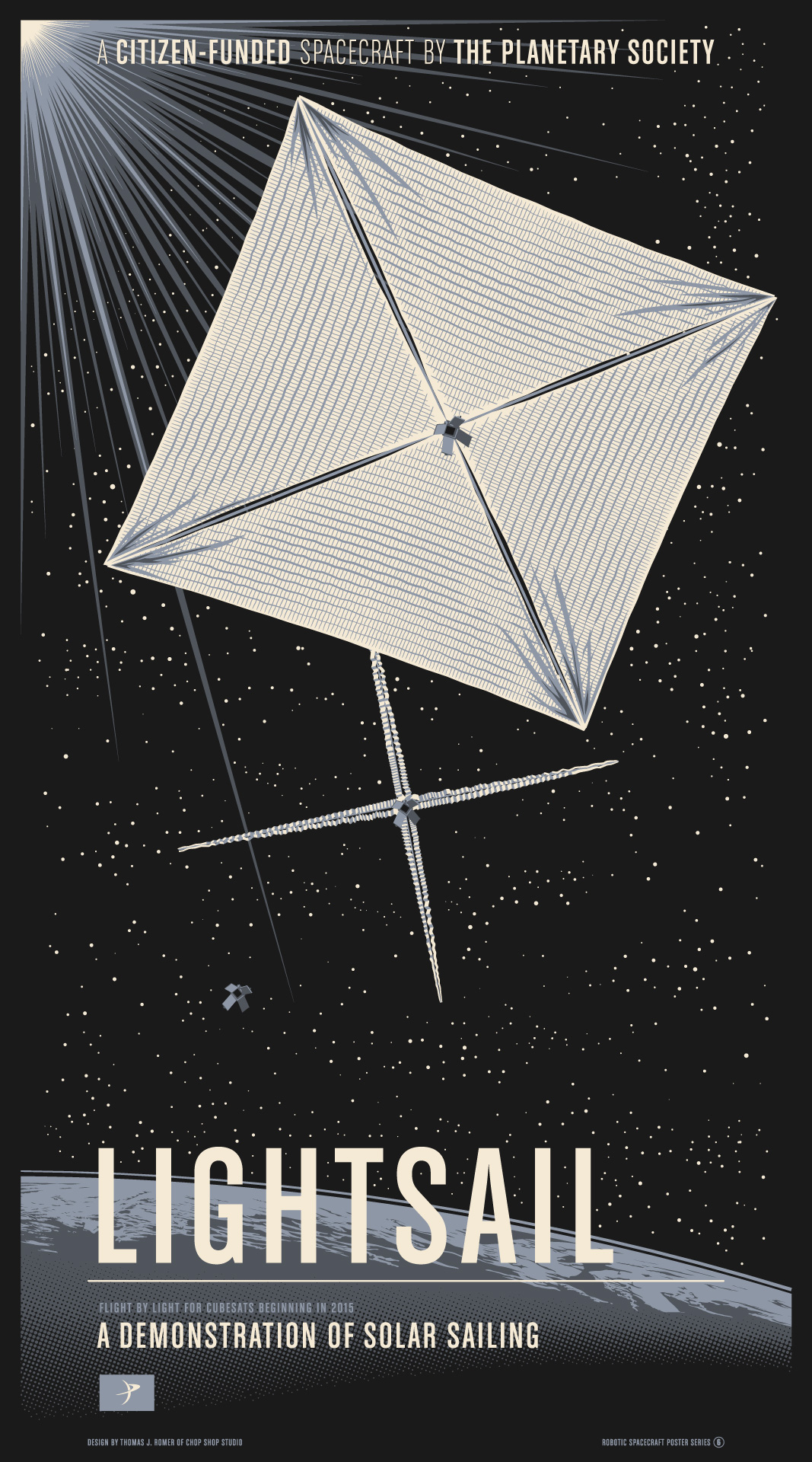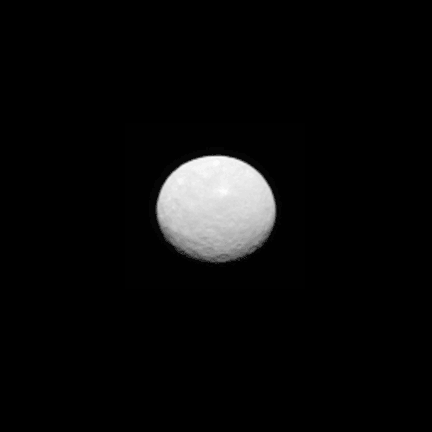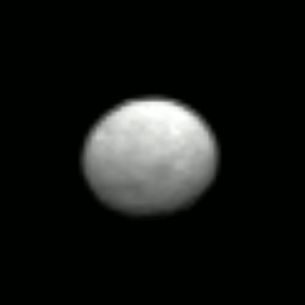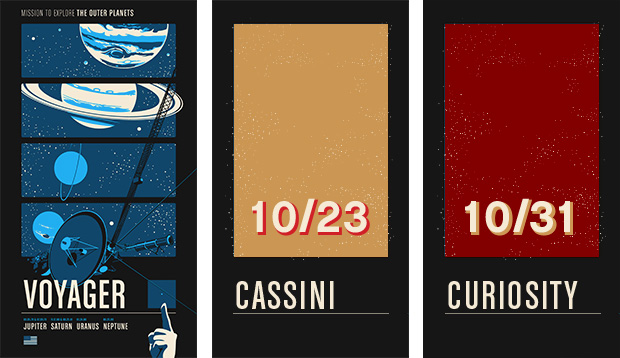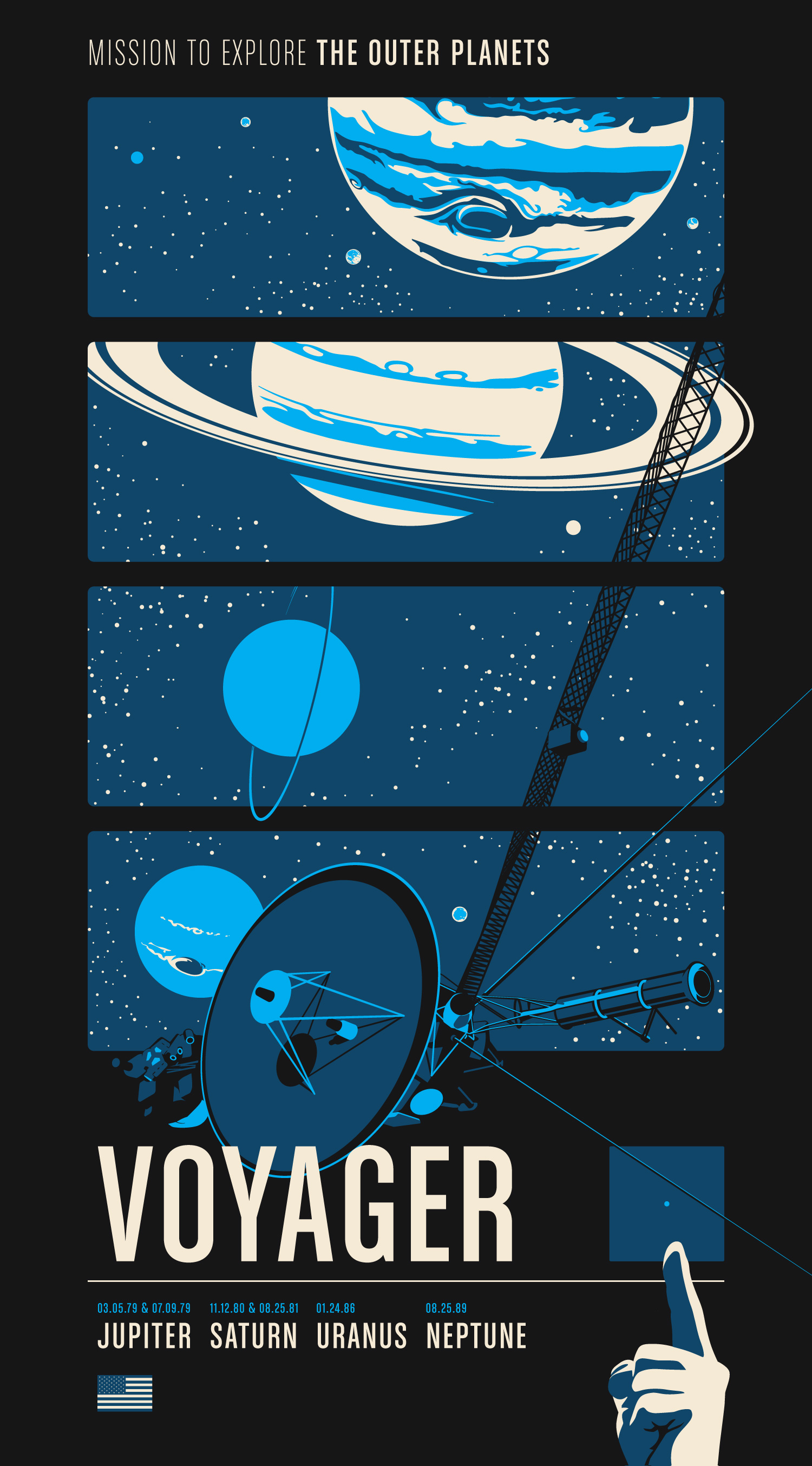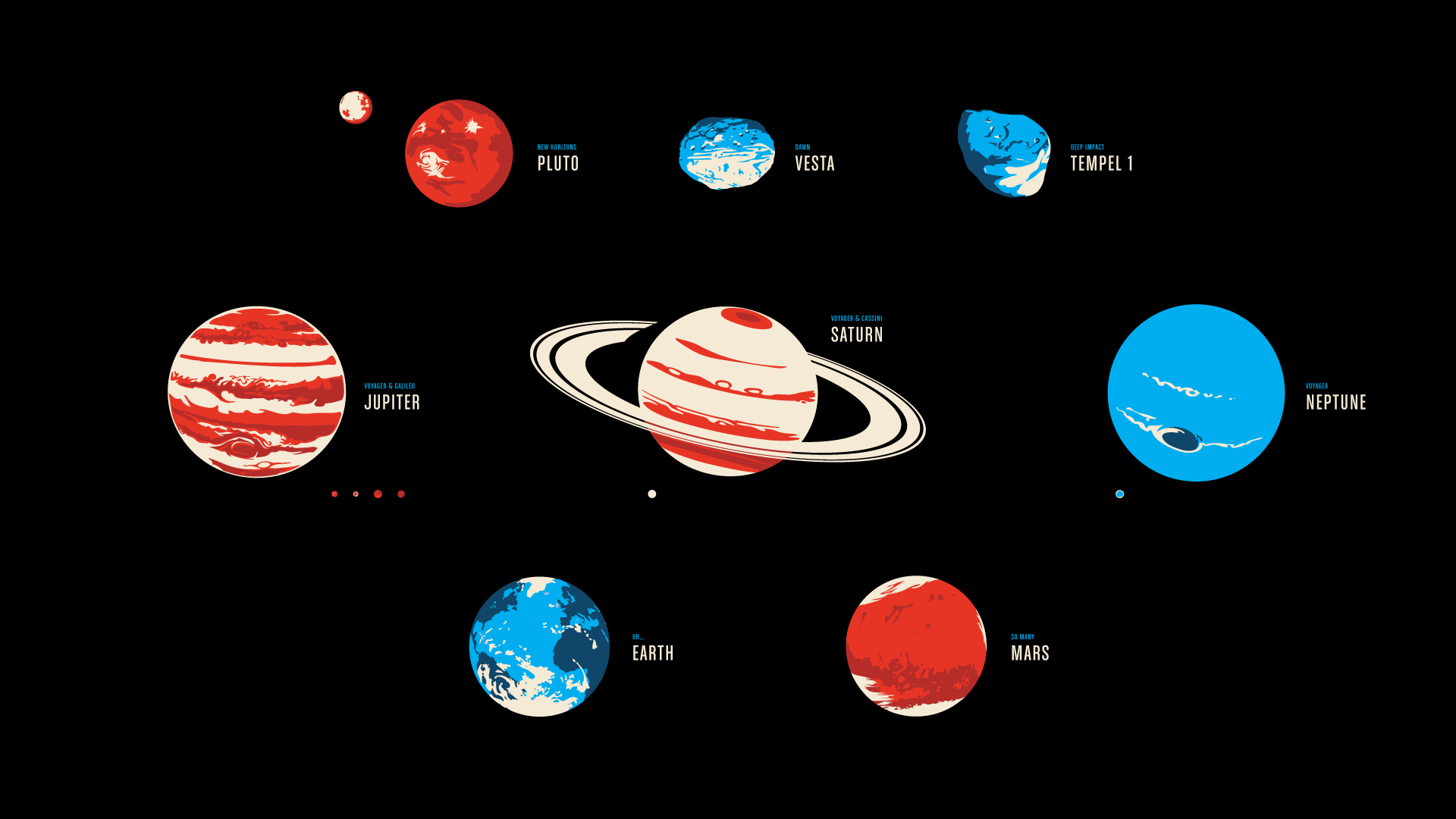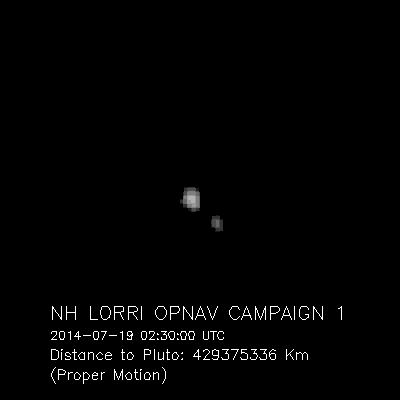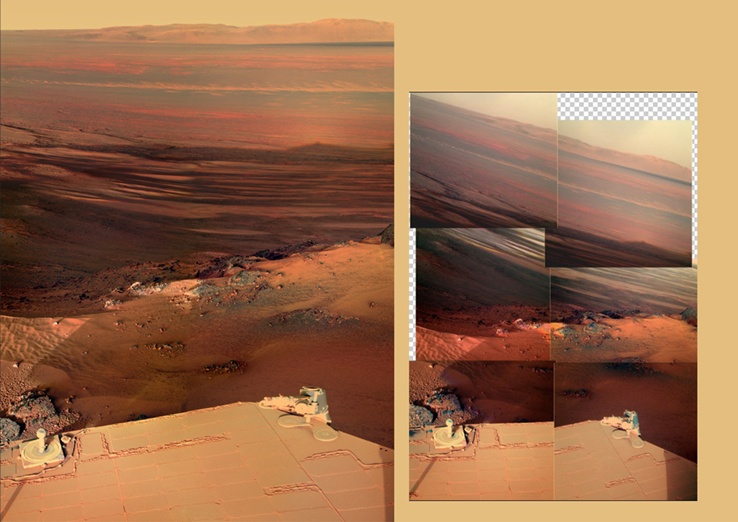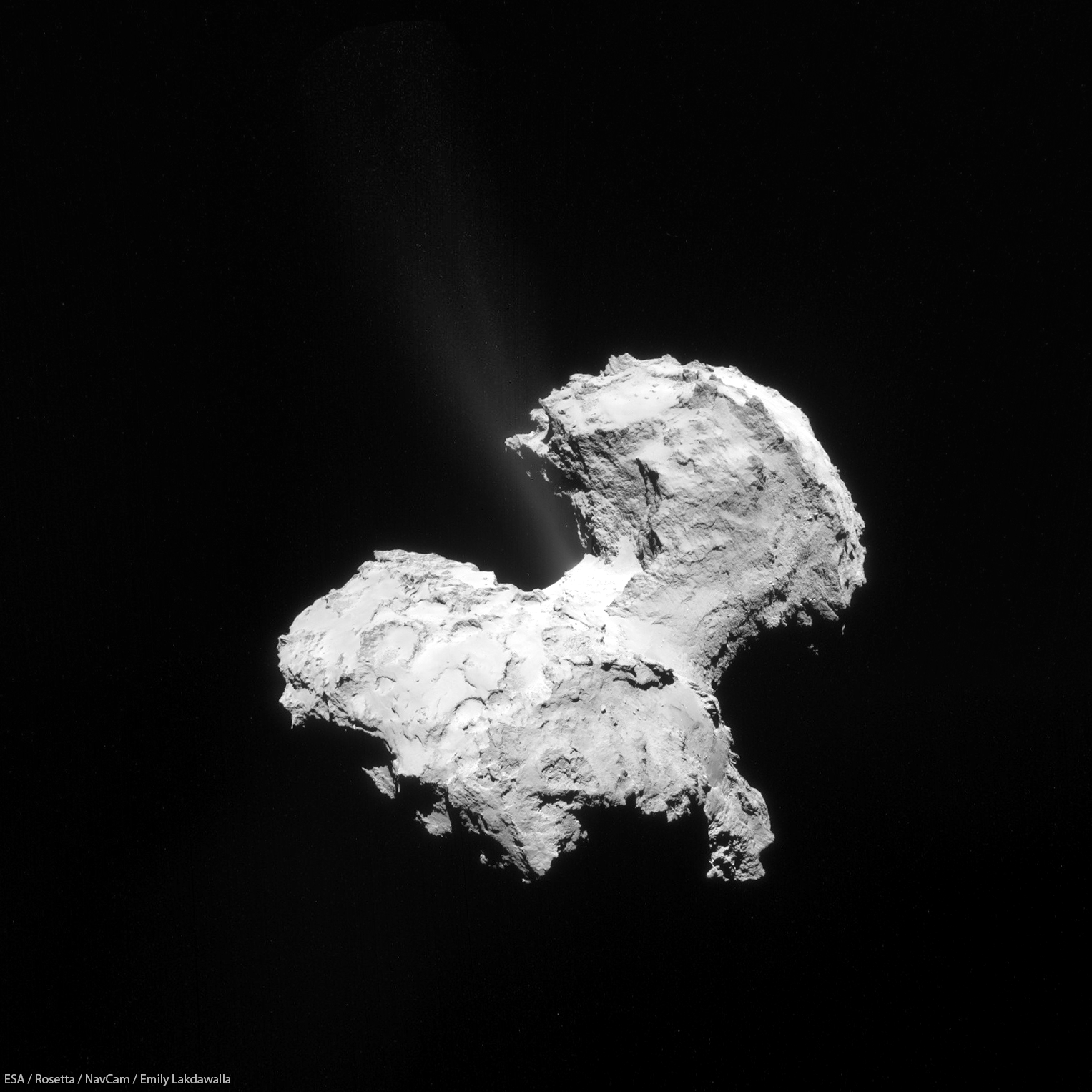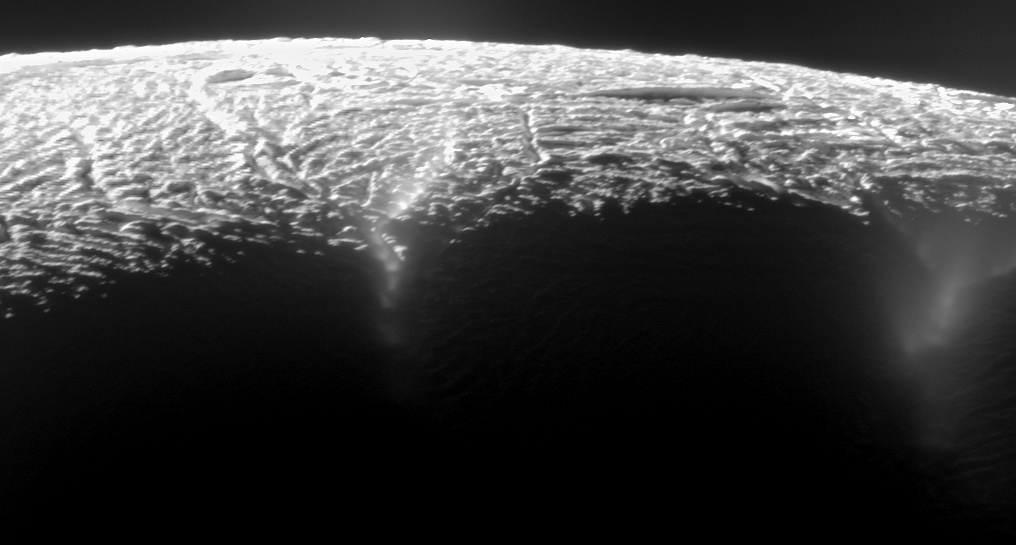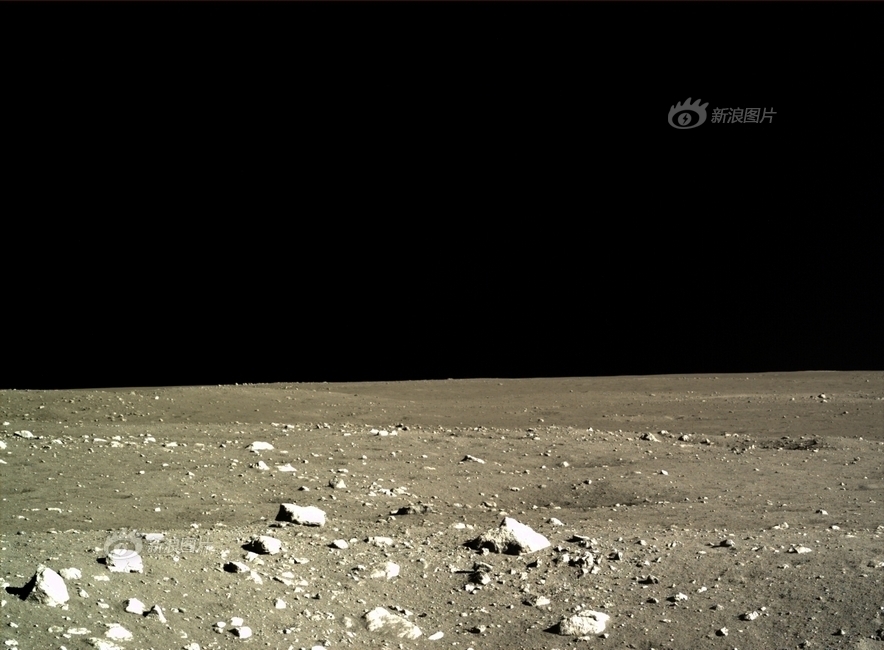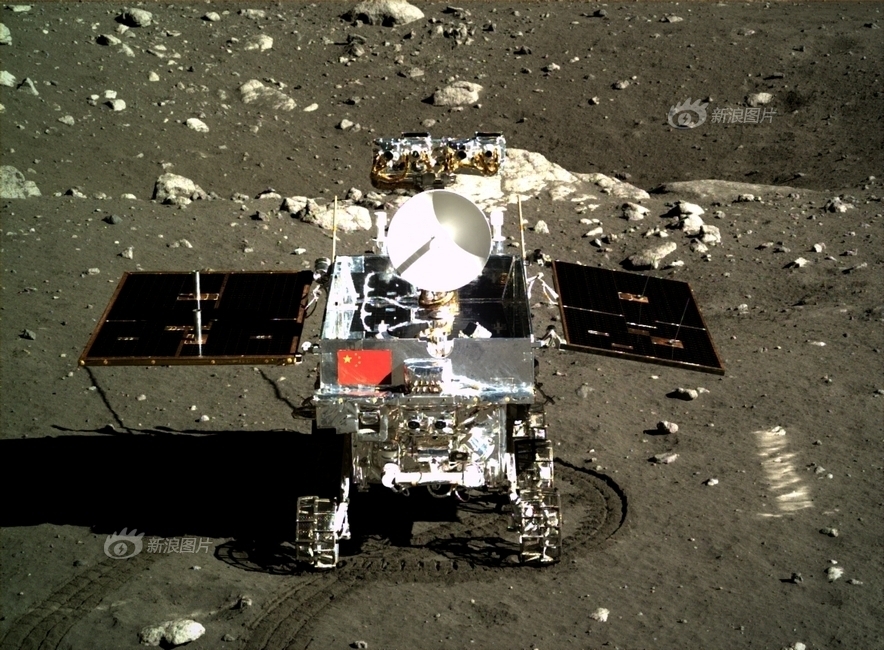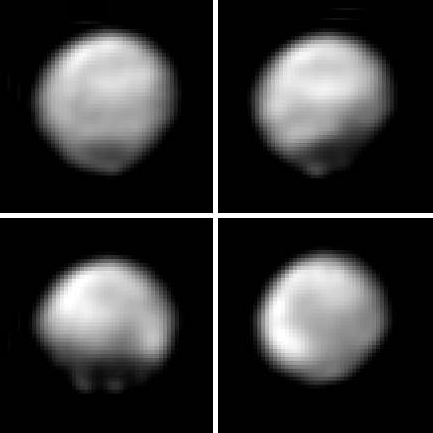 Pluto is starting to reveal it’s face.
Pluto is starting to reveal it’s face.
This is the last visit of this kind for the forseeable future. Apart from a few of the other larger Kuiper Belt objects, this is the only planned exploration of a major body in our solar system left that has never been seen by human eyes before. Every planet, all the major moons and the most significant asteroids have all been revealed if not globally mapped. There would have to be a new mission planned to Eris, Makemake or to one of the other Kuipers to see something like this again. Even if a mission like that was approved, it would be years of development plus another 10 year slog before arriving at such distant targets.
It is worth noting that as soon as 2017, New Horizons is expected to make another flyby of a much smaller Kuiper Belt object and then again in 2019 — with a possibility of a third if one can be found. So even after Pluto is over… there will still be a few encores.
